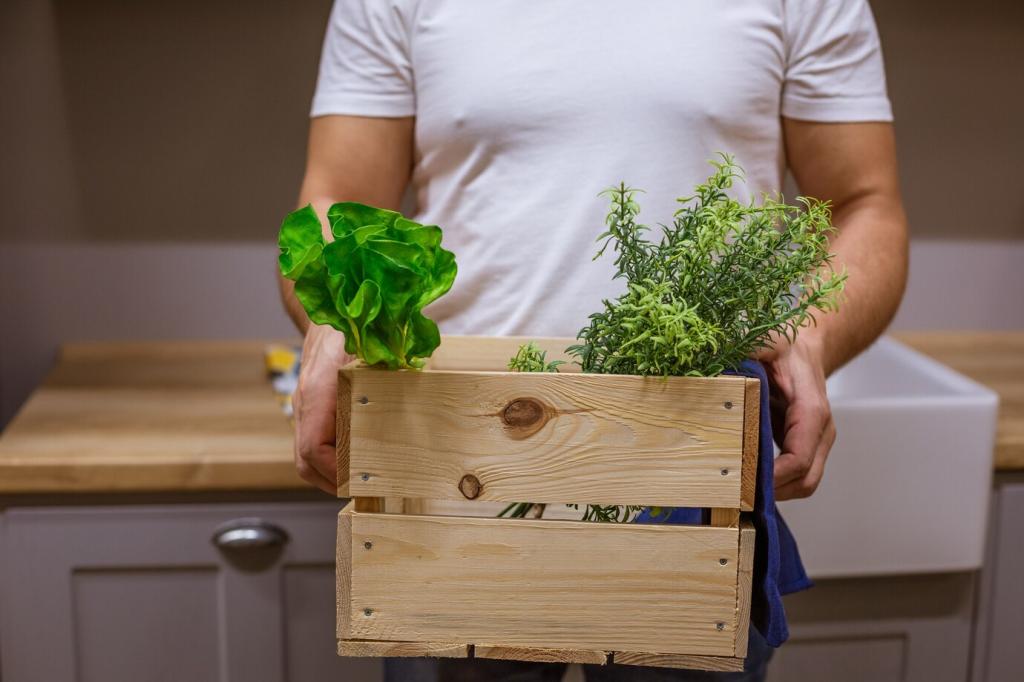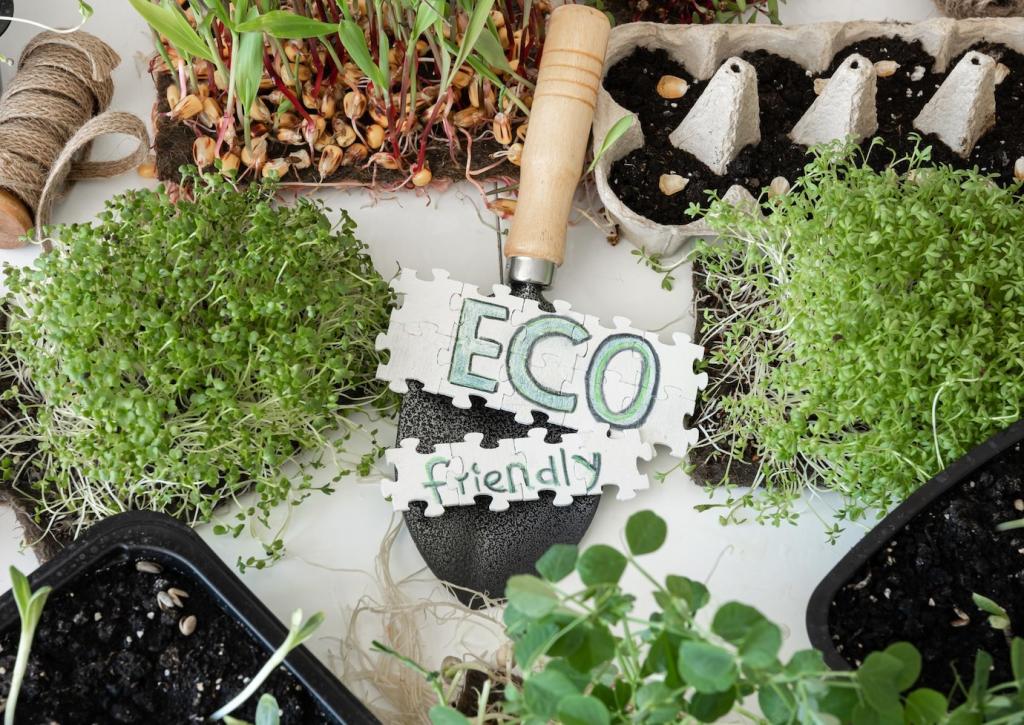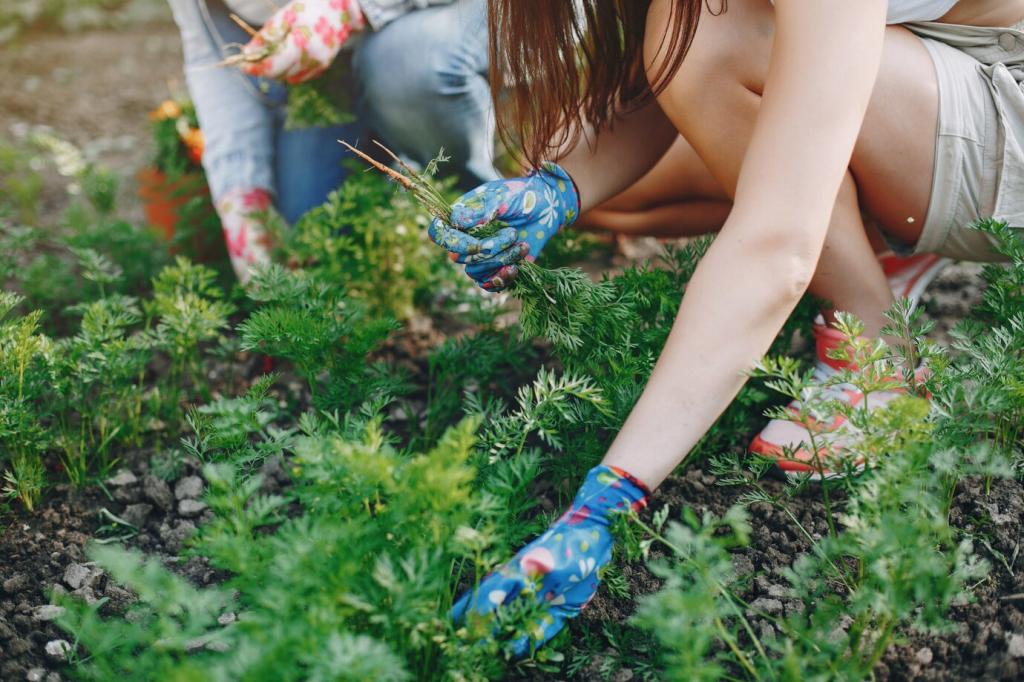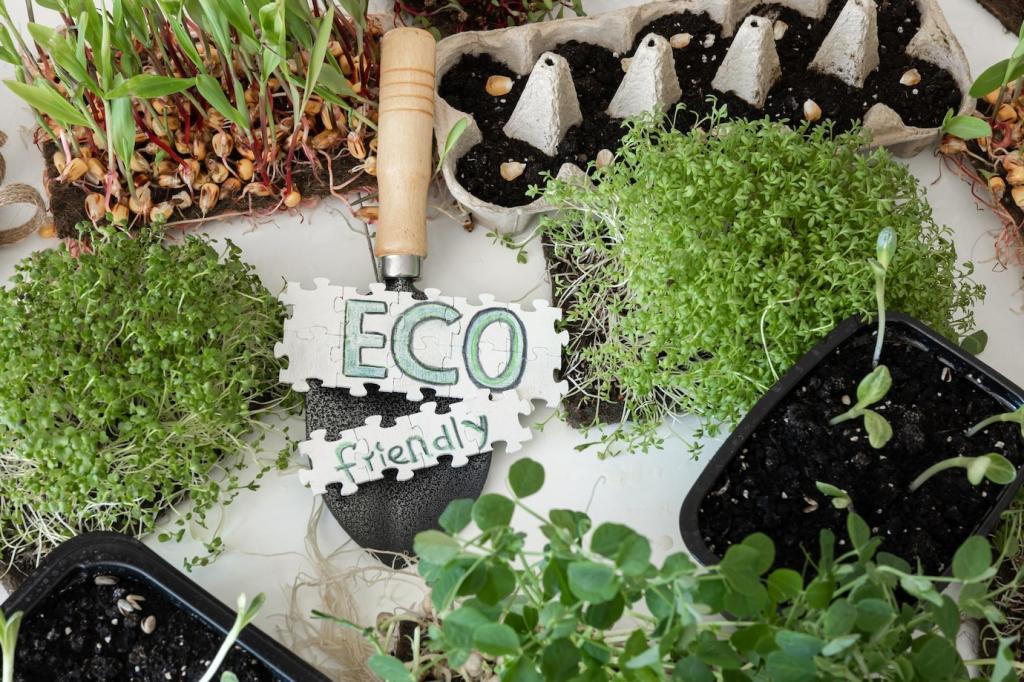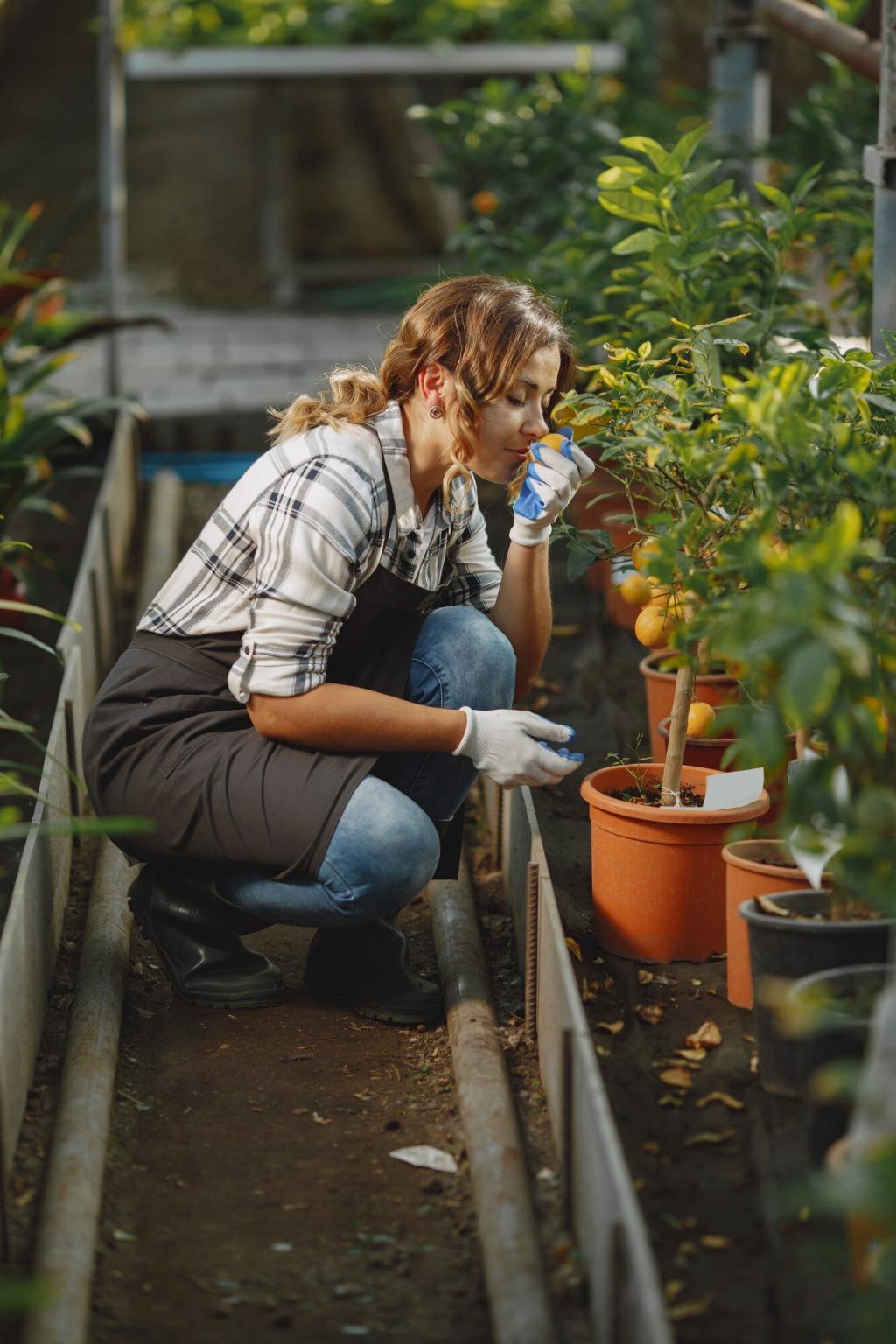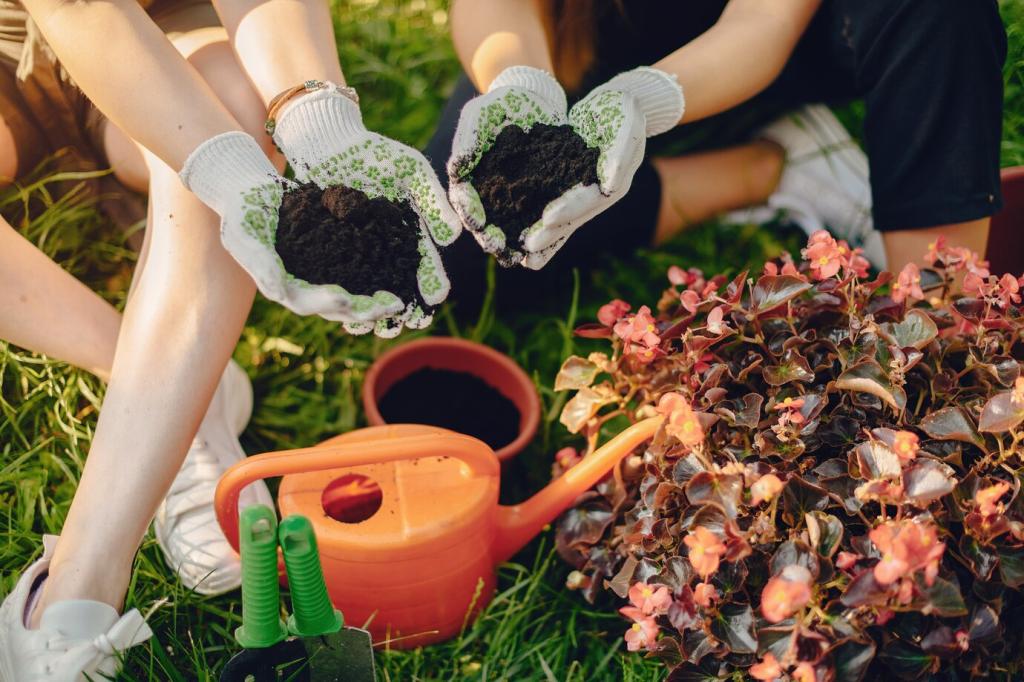Water-Wise Landscapes with Renewable Materials
Coir logs edge basins and swales, gently slowing stormwater while plants root. Brush fascines—bundles of pruned branches—create porous barriers that catch sediment and seeds. Both are plant-based, breathable, and compostable, supporting a healthy wet-to-dry rhythm rather than channeling water away abruptly.
Water-Wise Landscapes with Renewable Materials
Forestry byproducts like lignin can bind gravel into a firm, permeable path that handles rain without pooling. The surface stays breathable and repairable, reducing heat buildup compared with solid concrete. Have you tried permeable surfaces? Share your maintenance tips and wheelbarrow tales with the community.

